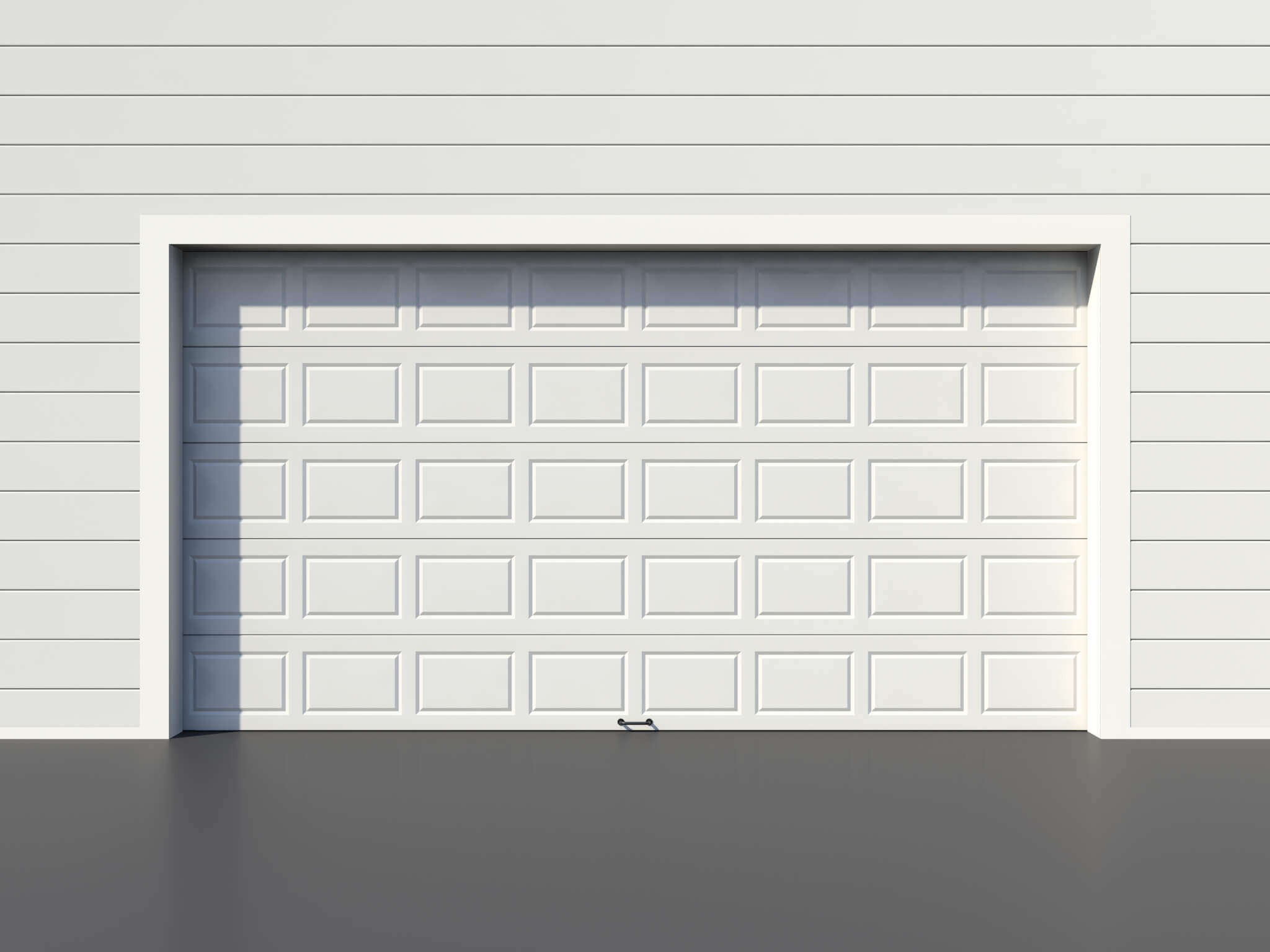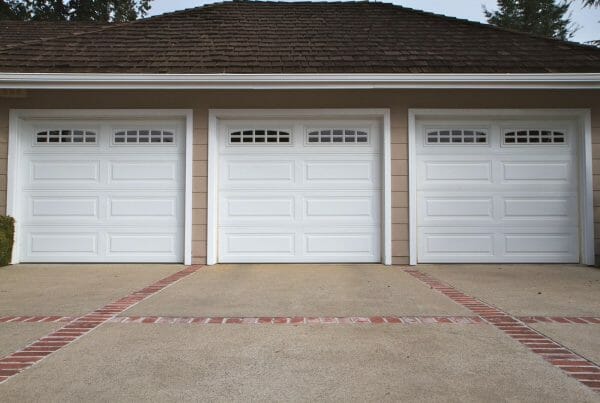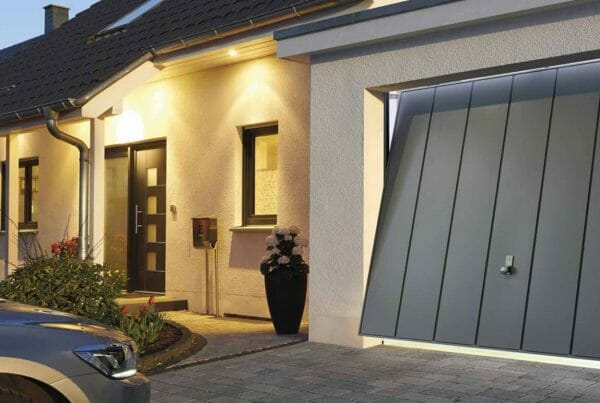When you are choosing a new garage door, it is essential that the measurements are correct so it will fit into your available space.
Remember that most garage doors also require a fixing sub frame, which needs to be taken into consideration when you take your measurements. Sizes can also vary between garage door manufacturers, so keep this in mind.
How do you measure a door frame?
Measurements and specifications vary depending on the type of garage door you choose and the building you intend to install it in, but the most basic measurements you should consider before choosing a door are:
- The width and height of the existing brickwork opening (without the frame and door)
- The width and height of existing subframe if you intend to keep this. Always confirm if it is wide enough for the for the new door to fix to
- Internal headroom, which is the clear space from beneath the lintel to the ceiling
- The internal return widths – the faces which show either side when you stand in your garage looking out
If you wish to keep your existing frame and just change the garage door:
- Measure inside the frame where the door will sit
- Measure the height of the opening on both sides
- Measure the width of the door at the top and bottom
- Measure the thickness of the door to be fitted
It’s a good idea to estimate slightly larger on your set of measurements, as garage doors are sold in standard sizes. For example, if you measure 197.5cm high x 75.8cm wide then the standard door size to choose is 198cm high x 76cm wide.
Ensure you make a note of any obstructions or features such as a sloped roof in your garage which could impede the fitting and operation of a door.
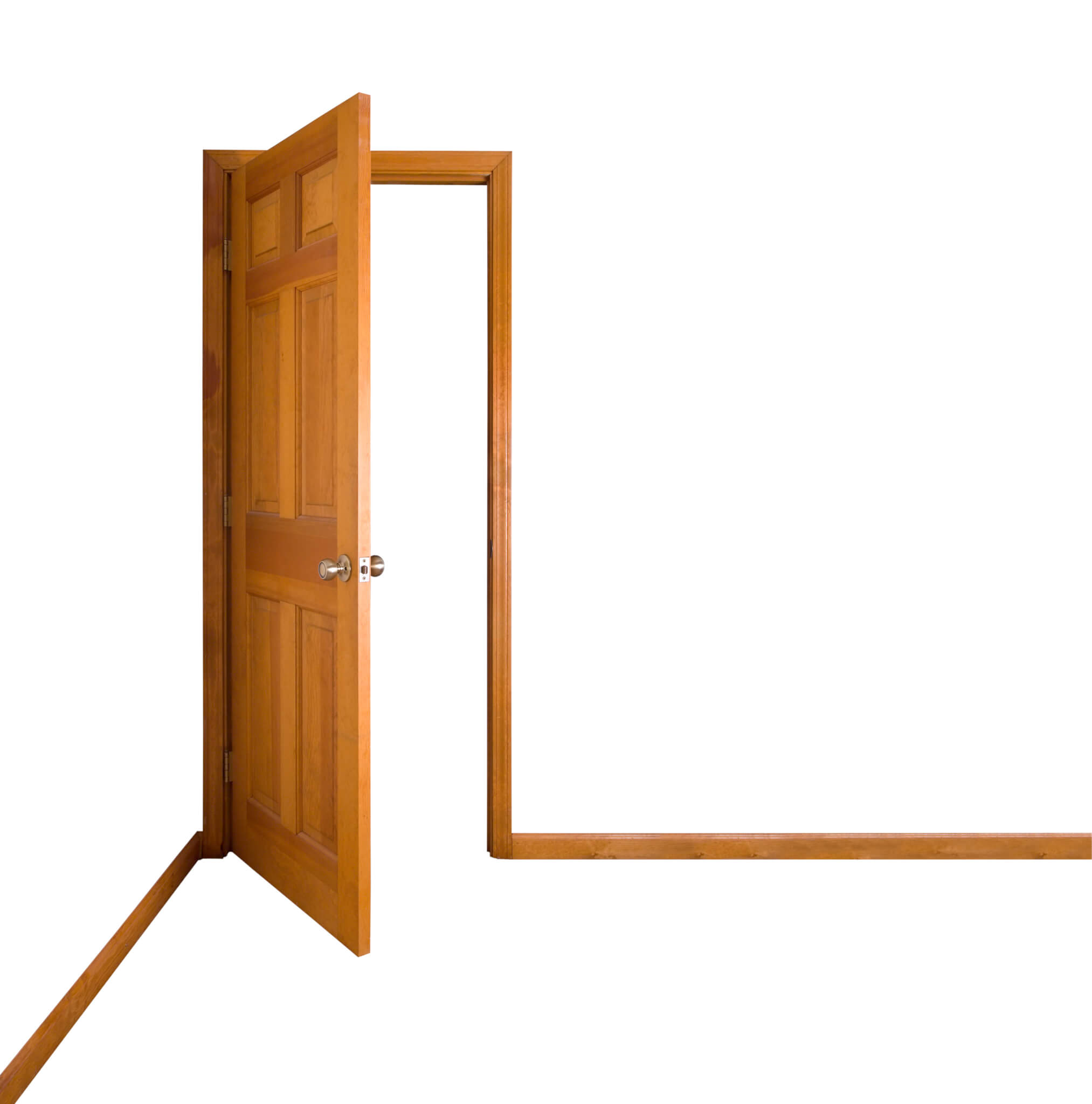
How to Measure Up and Over Garage Doors
All up and over garage doors require an internal fixing sub frame for installation. This is the internal width and height of the subframe opening, which is usually made from either timber or steel. This must be taken into consideration when you are measuring and ordering your garage door.
Measure your existing up and over garage door in between the subframe. If your measurement is 213cm x 213cm, you should choose a 7’ x 7’ garage door.
If you measure the panel rather than the frame, it will always be just under the ordering size, to allow it to fit inside the subframe.
The measurements are particularly critical if you choose to fit your up and over garage door inside a brick opening, rather than behind the opening, as you need to allow additional space for the operating mechanism and springs.
How to Measure Sectional Garage Doors
Typically, sectional garage doors are installed inside the garage opening to maximise the space you have to drive into. Most garage doors of this type require a considerable amount of space for the frame legs, plus sufficient height for the curved part of the track. It’s advised that you allow 90mm each side for installation and between 100 and 210mm of headroom above the top panel of the door.
As a sectional garage door does not have to go through the door opening, you can choose a size larger or smaller than the actual size of the opening. A standard sized sectional door will very rarely be the exact size as the door you are replacing.
You will need to allow sufficient space for the garage door to fit into the garage on the horizontal rails. It’s advised you allow the height of the door plus an additional 35cm – 60cm clear space.
How to Measure Roller shutter garage doors
Modern roller shutter doors do not require a subframe as the tracks fit directly to the garage structure. You install the tracks and the support brackets for the curtain roll inside the garage opening for maximum achieved sizes.
The average size of the curtain roll is between 30cm – 45cm, so a roller garage door needs to go behind the door lintel rather than above the opening in order to maintain the maximum drive through height.
Insulated roller garage doors can fit in between a structural opening, whereas most non-insulated roller shutter garage doors must fit behind a structure as the track guides differ considerably in construction.
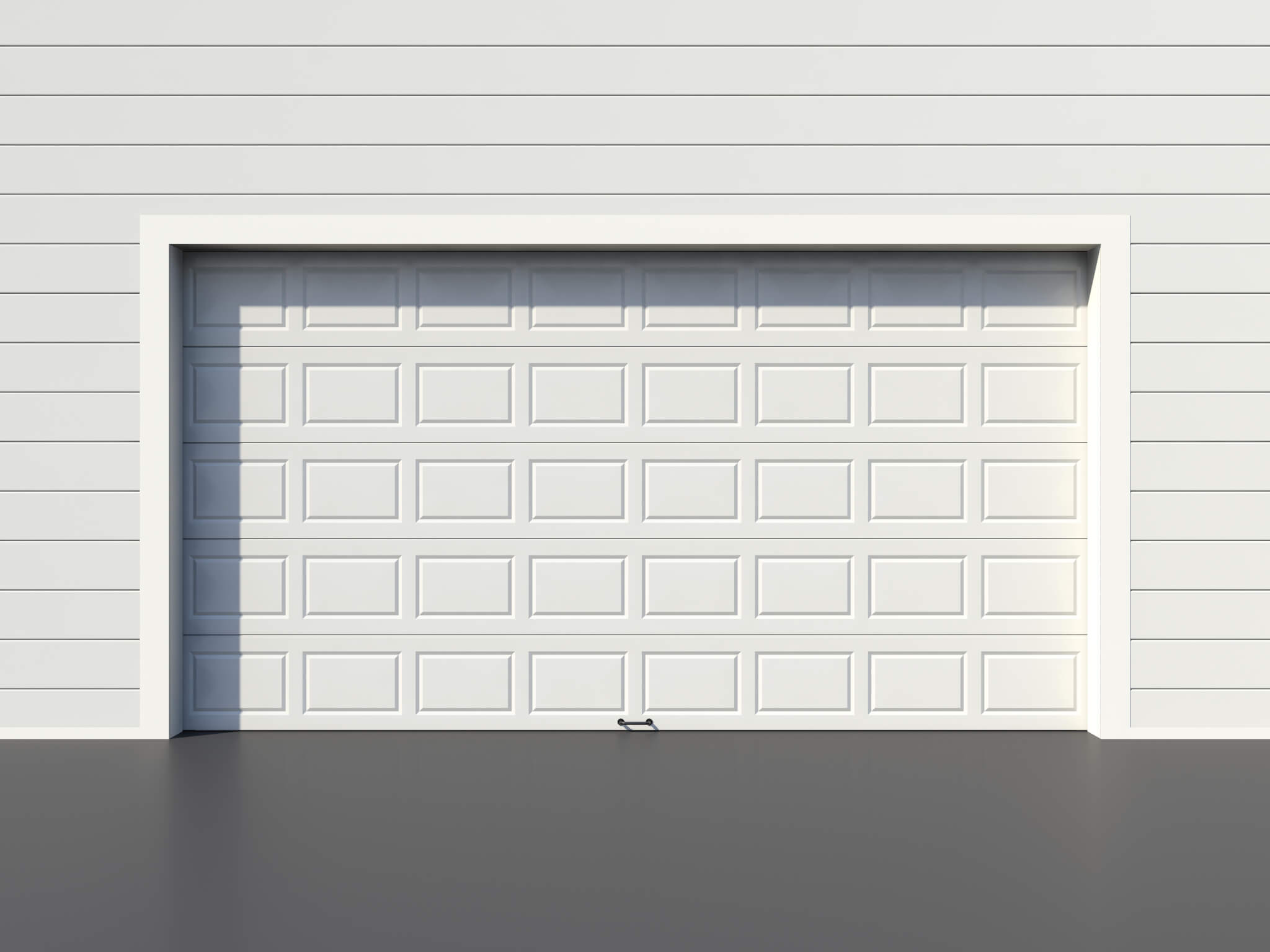
How to Measure Side hinged garage doors
Similar to up and over garage doors, side hinged garage doors are usually measured on the size of the internal opening of the subframe, rather than the door itself.
Most side hinged garage doors are installed in between the structural opening, but they can be installed at the front of a garage to maximise length, width and height.
Use these tips as a guide only. If you are unsure of your measurements or you’d like some advice on which garage door to choose, get in touch and we’ll be happy to help you.
The door sill on your garage door, front door or side door can rot or deteriorate, due to constant exposure to the elements. If the sill has rotted on your existing door and you do not wish to replace the whole door, you can simply replace the door sill.
How do I replace a door sill?
Replacing the sill is a straightforward process. Simply:
- Remove the rubber gasket from the grooves on the metal threshold
- Remove the screws holding the metal threshold in place
- Cut the rotten door sill into pieces using a circular saw or oscillating tool
- Remove the door sill from beneath the door frame
- Position the old door sill on the new sill and trace around it to determine the size
- Cut the new door sill to size
- Bevel the outer edge
- Fit the new door sill in place under the door frame
- Hold the new door sill in place with adhesive and fasteners
- Caulk around the outside of the door sill
- Paint, stain or treat the new door sill
- Replace the metal threshold and screw it into place
- Replace the rubber gasket into the metal threshold grooves

